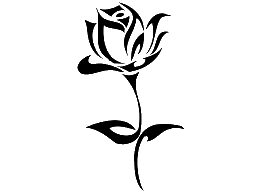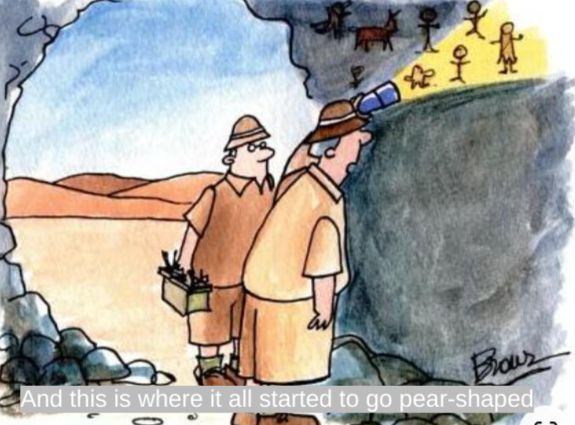When researching the timeline for historical events in Britain I discovered that there is no single, agreed upon timeline. Historical ages are based on certain activities or events, and not everyone agrees on what those activities or events are, or when they occurred!
So, take the following aggregate timeline with a very large grain of salt.
Glossary:
- BCE – Before Common Era (aka BC, Before Christ)
- CE – Common Era (aka AD, Anno Dommini)
Historical Time Periods
Paleolithic Age
- 900,000-10,000 BCE
- Paleo (Old), lithic (stone) – Old Stone Age
- Characteristics:
- nomadic hunters & gatherers
- tools made from large stone chips
Mesolithic Age
- 10,000-4000 BCE
- Meso (Middle), lithic (stone) – Middle Stone Age
- Characteristics:
- smaller chipped stone tools
- beginnings of agriculture & start of settlements
Neolithic Age
- 4000-2200 BCE
- Neo (Neo), lithic (stone) – New Stone Age
- Characteristics:
- permanent settlements
- domestication and breeding of animals
- increased agriculture
- tools shaped by polishing or grinding
- appearance of crafts such as pottery and weaving
- Sites we visited in Scotland:
- Ness of Brodgar (3500 BCE), Orkney
- Skara Brae (3100 BCE), Orkney
- Standing Stones of Stenness (3100 BCE), Orkney
- Maes Howe (2800 BCE), Orkney
- Stanydale Temple (2500 BCE), Orkney
- Ring of Brodgar (2500 BCE), Orkeny
Bronze Age
- 2200-750 BCE
- Characteristics:
- tools created from copper and bronze
- start of proto-writing (ideograms)
- Sites we visited in Scotland:
- Jarlshof (800 BCE), Shetland
Iron Age
- 750 BCE – 43 CE
- Characteristics:
- development of iron and steel tools
- start of writing using alphabetic characters
- The 43 CE date is one of the few dates that most timelines seem to agree upon; it was the year of the Roman Conquest of Britain
- Sites we visited in Scotland:
- Grain Earth House (400 BCE), Orkney
- Mousa Broch (400 BCE), Shetland
- Broch of Gurness (500 BCE), Orkney
- Clickimin Broch (200 BCE), Shetland
- Carn Liath Broch (100 BCE), Scotland
Dark Ages
- aka Early Middle Ages aka Early Medieval Period
- 410-1066 CE
- Another date that most agree with: 1066 CE the Norman Conquest of Britain
- Characteristics:
- economic, intellectual and cultural decline
- vikings arrive in Shetland (800-850 CE)
- vikings arrive in Orkney (late 700’s CE)
Medieval Period
- 1066 – 1485 CE
- Characteristics:
- Norman Conquest (1066 CE)
- Plague years, Black Death (1349-1349 CE)
- Henry Tudor assumes throne of England (1485, ending War of the Roses 1455-1485 CE)
General Notes:
- the “prehistory” period in Britain is considered to be the time when people first came to the island until the time Romans conquered Britain, so from about 900,000 BCE to 43 CE

